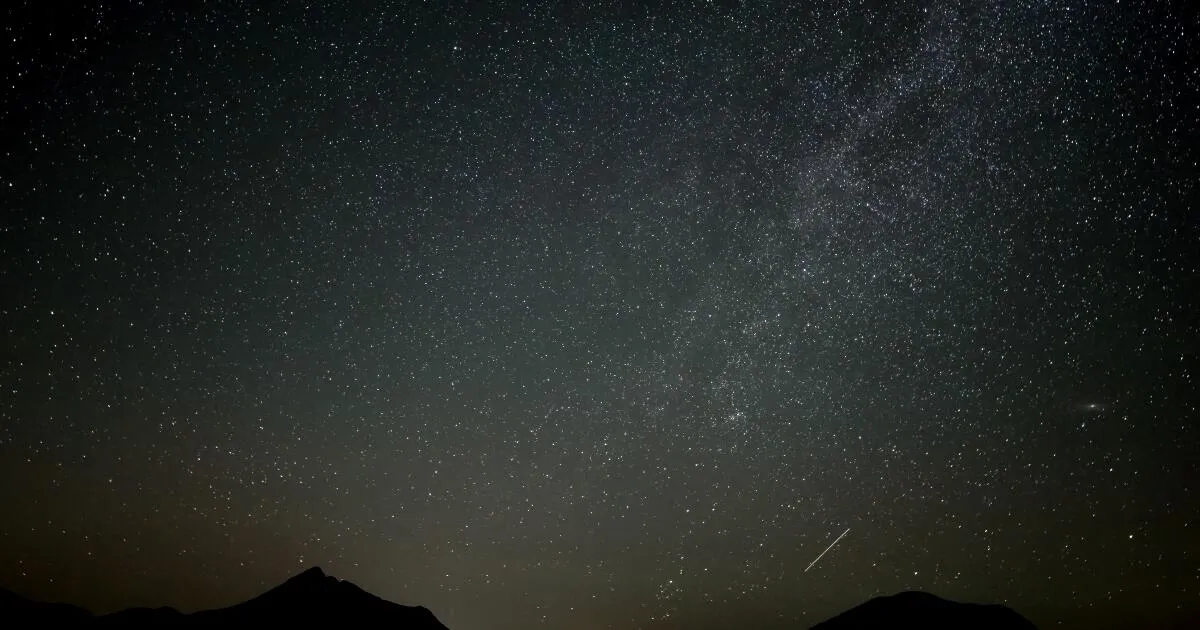
When it comes to meteor showers, the Perseids are undoubtedly one of the most spectacular events of the year. Known for their impressive frequency, these meteors can produce up to 100 visible streaks per hour, and their vibrant fireball displays make them a favorite among stargazers. The annual Perseid meteor shower reaches its peak in August, coinciding with warm summer nights, providing an ideal backdrop for this celestial event as the Earth passes through the debris left behind by comet Swift-Tuttle.
The Perseids peak on the nights of August 11 and 12, making it a perfect occasion for outdoor enthusiasts. The combination of pleasant summer weather and the breathtaking sight of meteors streaking across the night sky creates a mesmerizing experience for all who take the time to watch. Notably, the famous singer-songwriter John Denver was so inspired by the Perseid shower during a camping trip in Colorado that he penned the iconic song “Rocky Mountain High.”
This year, however, there is a significant caveat for those eagerly anticipating the Perseid meteor shower. According to Ed Krupp, director of the Griffith Observatory in Los Angeles, the viewing conditions may be less than ideal. The waning gibbous moon will be about 92% full during the peak nights, which could severely compromise visibility. The American Meteor Society has noted that the moonlight will obscure many fainter meteors, limiting the number of visible shooting stars during the shower’s peak.
To maximize your chances of witnessing this celestial event, experts recommend heading to locations far removed from the brightness of urban centers. Areas such as Joshua Tree, the Mojave Desert, and Anza-Borrego Desert State Park are prime spots for viewing the Perseids. Once you've chosen your location, it's essential to find a spot with an expansive view of the sky. Although the meteors appear to radiate from the constellation Perseus, they can be seen in any part of the sky.
For the best viewing experience, consider laying flat on a cot or sleeping bag and looking straight up at the sky. Bill Cooke, a NASA meteor scientist, emphasizes the importance of a clear view and patience. While this year may present challenges in visibility, there is still hope for witnessing some spectacular fireballs. Fireballs are larger explosions of light that can last longer than typical meteors, originating from larger particles of cometary material, according to NASA.
In conclusion, while the Perseid meteor shower may face challenges in visibility this year due to the bright moon, the experience of watching these meteors remain a cherished tradition for many. By choosing the right viewing location and preparing adequately, stargazers can still enjoy the beauty of this annual astronomical event.